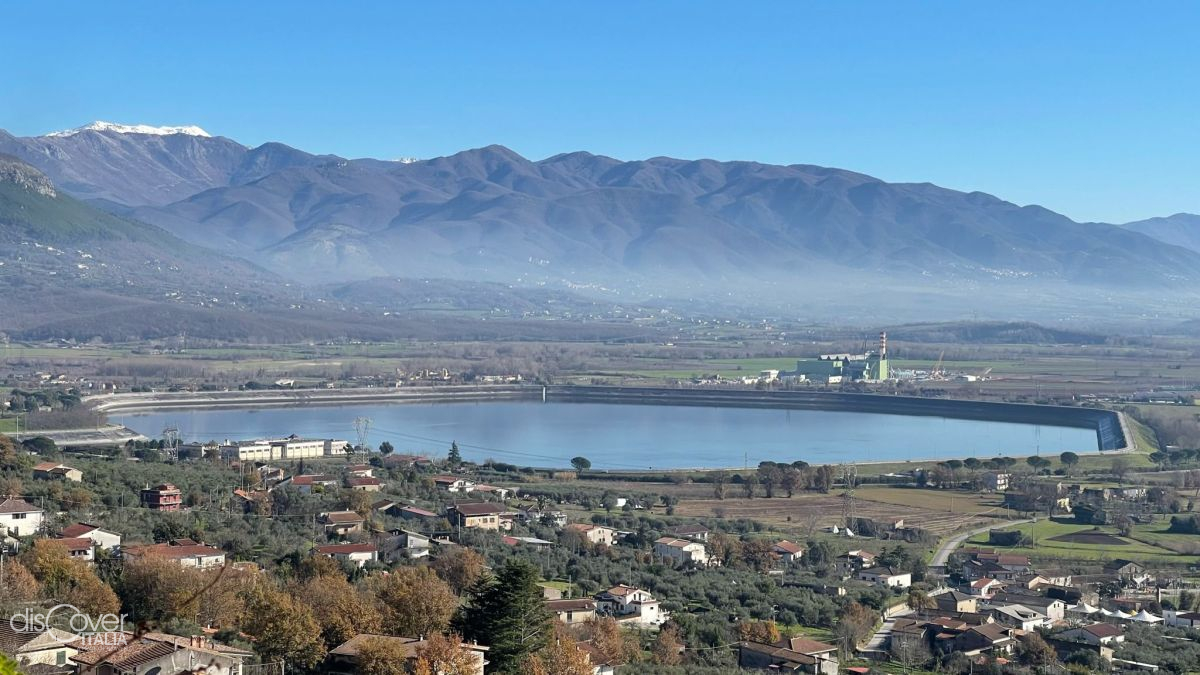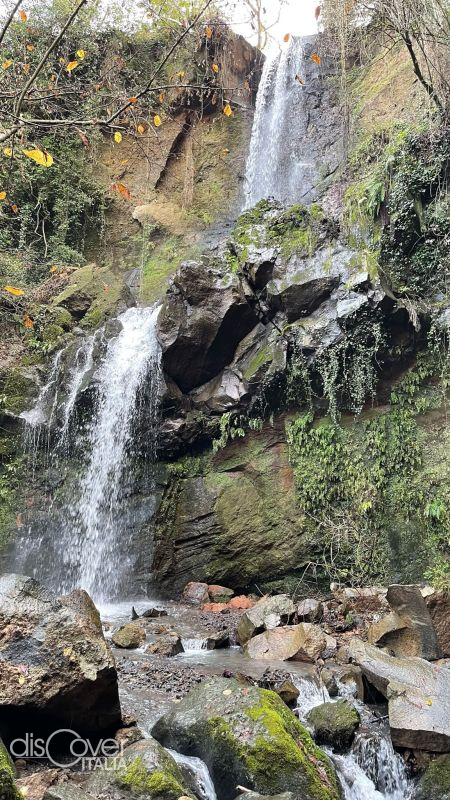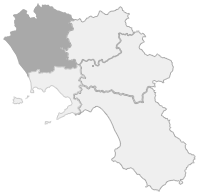The extinct volcano of Roccamonfina is the heart of the park that protects since 1993 a territory of great naturalistic value from Campania Felix up to the border with Lazio. Eleven thousand hectares of volcanic rocks and limestone, streams and lush vegetation, dotted with ancient hamlets keeping alive the imprint of their past and the heritage of their identities.

The volcano, with its six kilometer perimeter, is entirely included in the park area. Inside the area the highest Mount Santa Croce and Mount Lattani, the characteristic volcanic cones of Mount Atano, near Casi and Teano, Colle Friello in Conca della Campania and Mount Ofelio in Sessa Aurunca.

Another particular environment guarded by the Park is the one that accompanies the course of the Garigliano river, that from the Aurunci Mountains reaches the volcano and continues its run to the sea it joins near the pine forest of Baia Domizia. In the protected area also flow the Peccia and the most important Savone, which is the watercourse of the volcano of Roccamonfina that used to be the engine of the economy of the area for a long time, considering that mills and oil pressers and even the ironworks that remained active until the Bourbon age used to work with its water.

From a botanical point of view, the Park is rich in biodiversity, even if the chestnut groves are very common and widespread, especially in the Roccamonfina area, thanks to its volcanic soils. There is no shortage, at lower altitudes, of area of Mediterranean scrub, while the limestone soils host evergreen oaks and oak woods. There is no shortage of black and white hornbeams,ash trees, maples. And, along the banks of the rivers, poplars and willows. The rich undergrowth has a great variety of species offering spectacular blooms in spring: crocuses, buttercups, violets, anemones, cyclamen and numerous species of wild orchids. The spreading of mushrooms is also noteworthy, in particular ovoli and porcini.
The fauna presents many birds, including birds of prey and migratory. There are cuckoos, hoopoes, green and red major nuthatches, the rare purple herons, white storks and then owls, tawny owls, long-eared owls and short-eared owls, osprey, buzzards and kestrels. Numerous species of mammals: foxes, hares, wild boars, badgers, stone martens, dormice.
The Park corresponds to the territories of the Municipalities of Sessa Aurunca, Teano, Roccamonfina, Galluccio, Conca della Campania, Marzano Appio, Tora and Piccilli. The last five belong to the Mountain Community of Mount Santa Croce. The park is located in the monumental complex of St. Domenico of Sessa Aurunca.
The Natura Viva Museum
Bounded to the “mission” of the Park is the Natura Viva Museum built in 2009 at the Palace Seccareccia in the hamlet of St. Clemente in the Municipality of Galluccio. The main attraction of the Museum is a rich zoological collection, with taxodermized animals, including large ones, illustrating and summarizing the biological biodiversity of the planet and the environmental peculiarities of the Park territory. On the second floor are described the geology and biodiversity within the Park. Great attention is paid to didactic activities, scientific dissemination and field research. The Museum in the various sections is set up according to interactive criteria, for maximum visitor involvement.




Comments powered by CComment